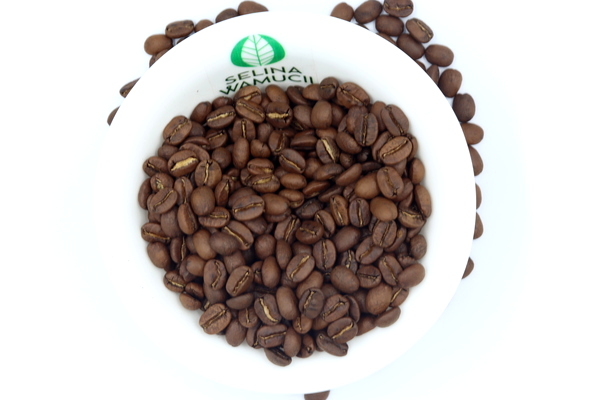Buy Malawi coffee Directly From Exporters & Suppliers - Best of 2024 Market Prices
| Summary | |
|---|---|
| Produce | Malawi coffee |
| Varieties | GEISHA AGARO Mundo Novo Cattura SI 28 Catimor 129 |
| Common Names | Arabica |
| Packing | 15,20,25,40,50 Kg Bag |
| Size | 1500 to 8000 mt |
| Availability (season) | April to October |
| Transportation Conditions | Packed in breathable bags to avoid fermentation |
Malawi’s economy generally depends on farming, which represents over 90% of its fare profit, contributes 45% of total national output (GDP), and supports 90% of the populace. Agrarian items for trade originate from both business gifts and smallholder ranchers, with tobacco, tea, macadamia, cotton, espresso, and sugar being the significant fares. Malawi coffee generation is overwhelmed by smallholder ranchers from the Northern Region of the nation.
Espresso in Malawi develops in high regions, with heights beginning from 1,000 meters above ocean level. It is fundamentally designed in the mountains of the Northern Region, where atmospheric conditions are especially useful for the yield. Planting espresso is additionally a dirt protection measure in these zones, where disintegration is a broad issue, as the shrubs are planted in form lines in this way, controlling run-off and lessening soil misfortune. Espresso is, for the most part, planted by smallholders, so it is frequently between trimmed with different species to supply nourishment to the family; as of late, a few ranchers have begun to plant macadamia trees, which can comprise another rewarding pay source.
This money crop was presented by the colonials over forty years back, and from that point forward, little scale ranchers have embraced it in look for money to their subsistence economy. After Independence, the administration perceived the job that espresso was playing in bringing livelihoods up in the remote right country, and thought of the Special Crops Act, in the mix with the Government Parastatal Smallholder Coffee Authority. The last was responsible for showcasing the espresso beans from ranchers without handling them. Be that as it may, the Authority turned out to be vigorously obligated, in spite of just paying cultivators 20-30% of the selling cost, and in 1999 it was offered to the around 4,000 smallholder makers, who changed over themselves into the Smallholder Coffee Farmers Trust.
All coffee in Malawi is ARABICA. The first variety acquainted by Scottish evangelists surrendered with FUSARIUM WILT. AGARO and GEISHA were later imported from Ethiopia by a researcher known as DR Sidiqi. Numerous types were screened for fusarium wither, AGARO, and Geisha were chosen and advanced all through Malawi. Currently, Malawi has the following varieties of coffee: GEISHA, AGARO, Mundonovo, Cattura, SI 28, Catimor 129, Populations and NYIKA
Malawi exports approximately 1,000 metric tonnes of coffee a year which is grown on 1500 hectares of land, earning the country around $3 million (K2. 1 billion),
Malawi’s climate is subtropical, with rainy seasons from Oct-Nov and May-June, and specialty coffee production has slowly gained momentum thanks to Cooperatives, which are working to improve quality and increase market access to its members.
Malawi coffee production is dominated by smallholder farmers from the Northern Region of the country. It is predominantly grown in the highlands, which include Viphya and Nyika.
After they are harvested, the espresso beans are stuffed in breathable sacks of changing sizes from 2kilograms to a maximum of 20 kilos and sold as green beans Coffee Exports in Malawi are liberated from Government controls. Each maker sends out on his/her own. No closeouts yet Sales are done through Direct contacts/Negotiations, offering, Internet unloading, or Forward Contracts.
For the best deals in Malawi coffee, make use of this platform, and your demands will be fulfilled very fast.
Get Instant Quote
Are you a producer of Malawi coffee or other products?
Sign up today for FREE to buy or sell Malawi coffee.





